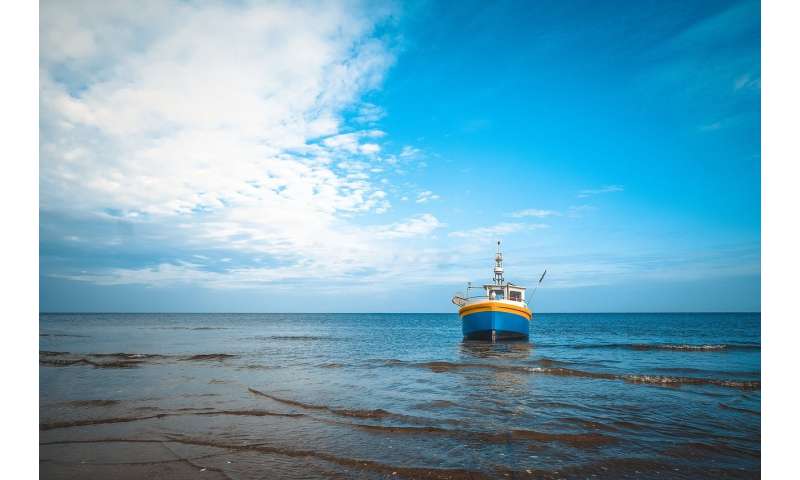Project to protect marine mammals provides valuable framework
by Gregory Verutes
A fisheries management tool designed for endangered and threatened species in data-limited places has produced a win-win opportunity for fishers and marine mammals in Southeast Asia, providing a valuable framework for other coastal nations around the world where food insecurity, overfishing, and habitat destruction are increasingly serious problems.
Fisheries bycatch, the unintended capture of non-target species, has been recognized as a significant threat to marine mammals, seabirds, and sharks for decades. Approximately 300,000 marine mammals alone are taken from the world's oceans each year due to global fisheries. However, the lack of risk frameworks that can integrate and visualize existing data have hindered the ability to describe and quantify bycatch risk in developing countries, where small-scale fisheries can be fundamental to local and national economies.
The new research, published in PLOS One journal, combines stakeholder engagement and local expert knowledge with map-based (geospatial) analyses to highlight potential overlap between the distribution of fishing activities and marine megafauna, and suggest steps to overcome a lack of resources and scientific capacity in-country.
This study documents in three field sites of Southeast Asia the development of a cohesive management tool (called "ByRA") to map and measure risk of fisheries bycatch, providing a clear roadmap for biodiversity conservation in small-scale fisheries. Using marine mammals in Malaysia and Vietnam as a test case, the application leveraged (1) existing field surveys, (2) participatory engagement involving a wide range of stakeholders, and (3) geospatial analysis.
The research team spent three years bringing together the science and a diversity of voices to assess risk to two species of marine mammals (dolphins and dugongs) posed by five common fishing gears (hook and line, nets, longlines, pots and traps, and trawls). They also characterized and accounted for data uncertainty by outlining steps in each site to improve their quality over time—which will anticipate at-risk areas in need of further monitoring and evaluation.
ByRA risk maps highlighted emergent interaction patterns between high-impact fishing gears and marine mammals by systematically screening more than 10,000 square kilometers of estuarine and coastal waters. Ultimately, 8% of the total area was classified as high bycatch concern, while still allowing for the sustainable expansion of several fishing sectors of economic and traditional importance.
The article's lead author Gregory Verutes said, "In many countries, fisheries bycatch of species is poorly monitored or regulated, so impacts on local marine mammal populations are not well understood. While few data exist that quantify animals caught in nets, there are spatial and temporal patterns in bycatch occurrence that can be identified, even in data-limited fisheries."
He continued, "Our work in Southeast Asia shows that community-driven approaches generate new insights to coastal managers and a fisheries sector that is under increasing pressure to reduce bycatch of marine mammals. It's a powerful example of how leveraging and synthesizing available information can support the development of management plans that lead to sustainable fisheries and mitigate bycatch risk."
More information: Gregory M. Verutes et al. Using GIS and stakeholder involvement to innovate marine mammal bycatch risk assessment in data-limited fisheries, PLOS ONE (2020). DOI: 10.1371/journal.pone.0237835
Journal information: PLoS ONE
Provided by University of Santiago de Compostela